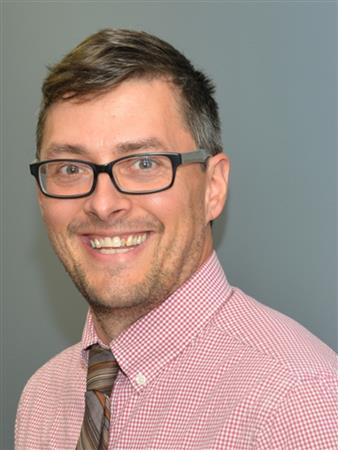
Urban Heat Islands, or UHIs, occur as a result of the built environment associated with cities, which can trap solar radiation in the form of heat. Heat islands affect communities by increasing energy demand costs, air pollution and greenhouse gas emissions, heat-related illness and mortality, and by reducing water quality. In the face of more frequent and intense heatwaves in years to come, it is increasingly important for communities to understand the factors that can intensify extreme heat and how best to employ strategies to mitigate these factors. Identifying potential 'hot spots' within a community can help target strategies where they are most needed.
Eric Wojchik, AICP, MRTPI, Metropolitan Council
Eric is a Planning Analyst at the Met Council, where he provides planning and technical assistance to metro communities to achieve local and regional goals, especially focused on sustainability and planning for resilience. Prior to working at the Council, Eric performed environmental planning work in the Hebridean Islands in Scotland for almost a decade, where sustainability planning is embedded into practice because of the need for self-sufficiency and efficient use of local resources. Eric brings much of this thinking to his Minnesota work.
Join Zoom Meeting
Meeting officially begins at 12:15 PM
https://zoom.us/j/8251848268?pwd=a0thQ0NqWi93aXpyeFBGT1JRNHlTUT09
Meeting ID: 825 184 8268
Passcode: 643825
Or, join by Phone: (312) 626-6799 or (346) 248-7799
Passcode: 643825
Or, join by Phone: (312) 626-6799 or (346) 248-7799
